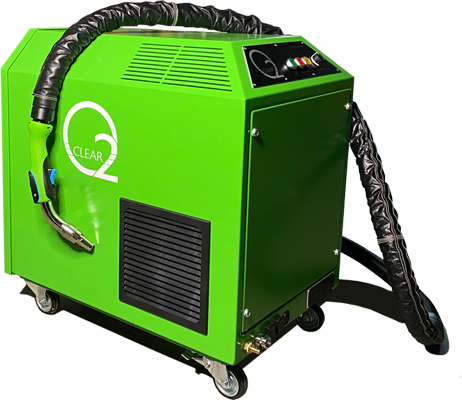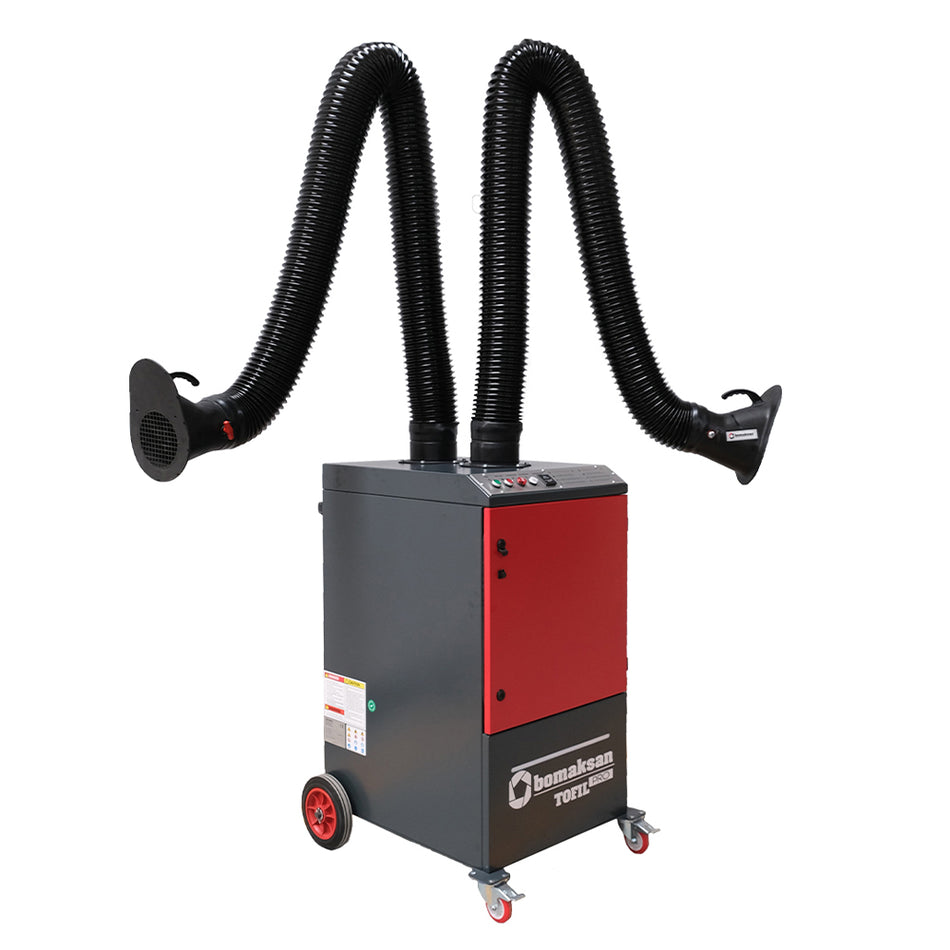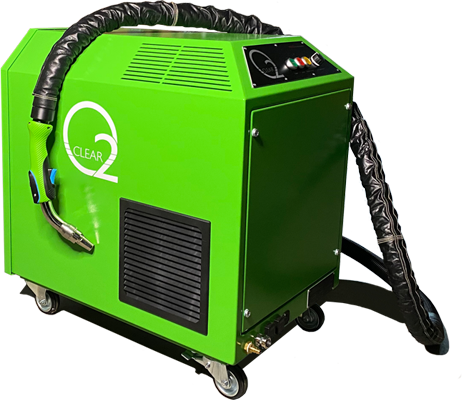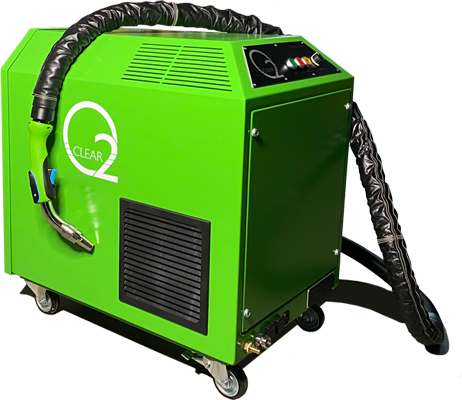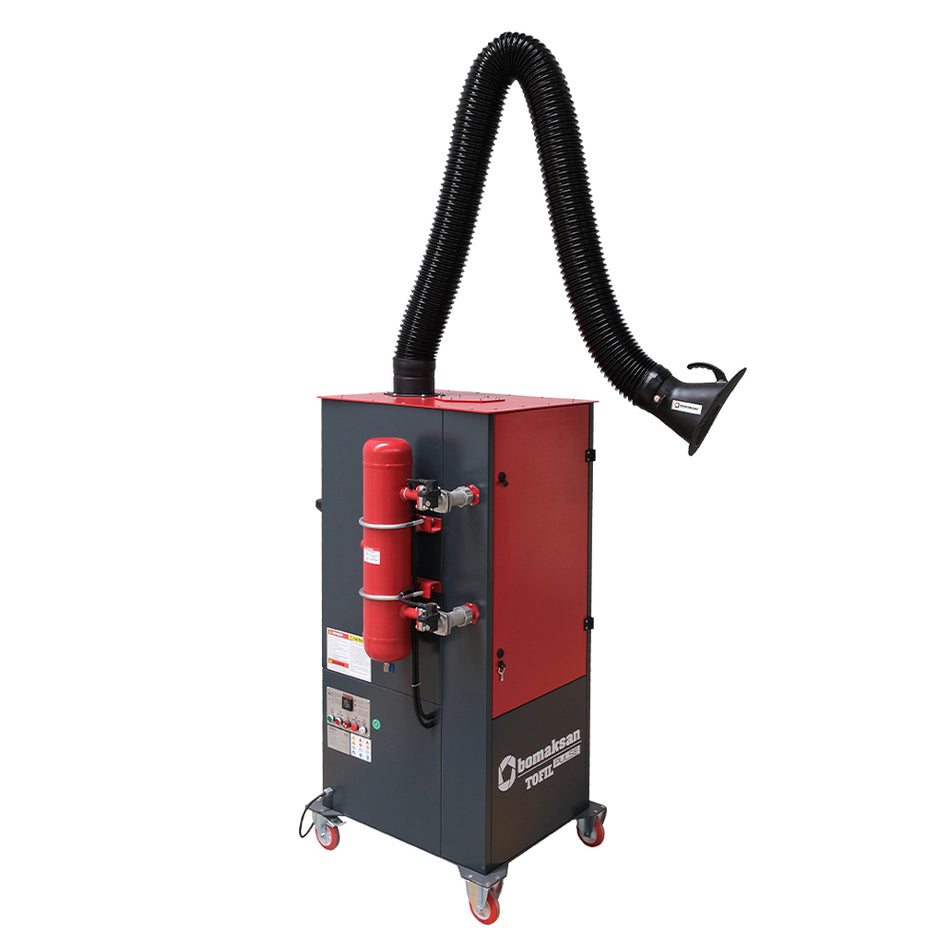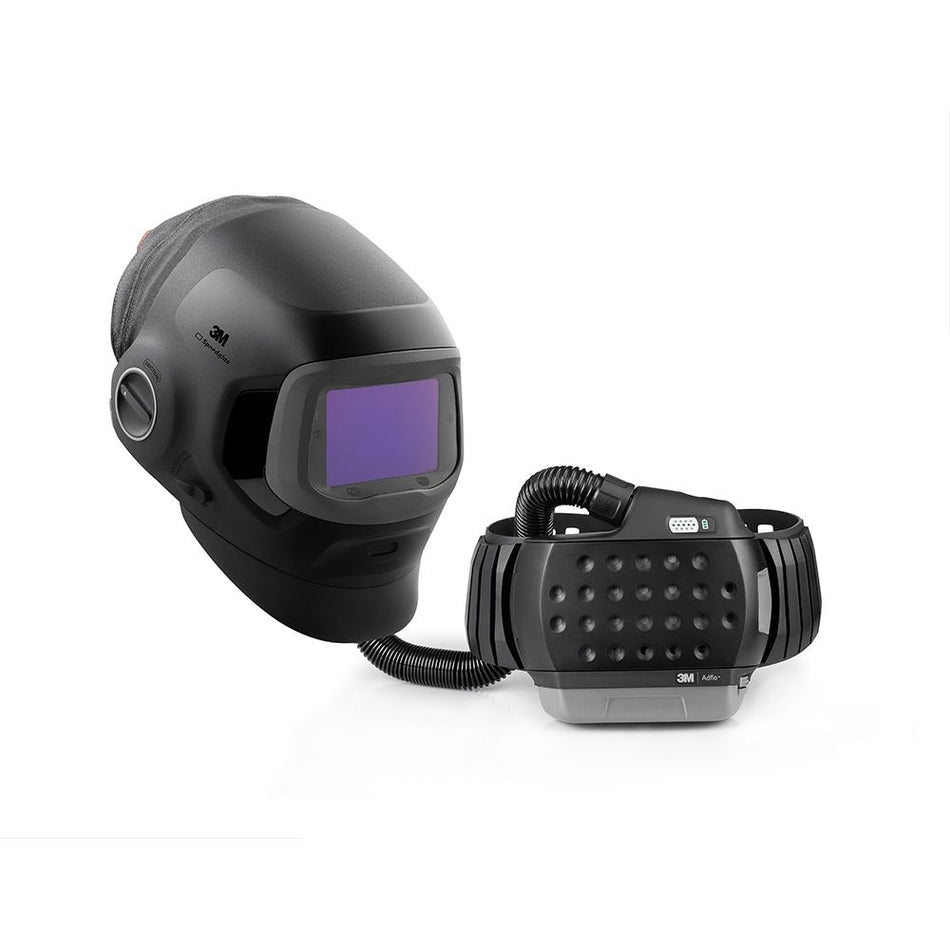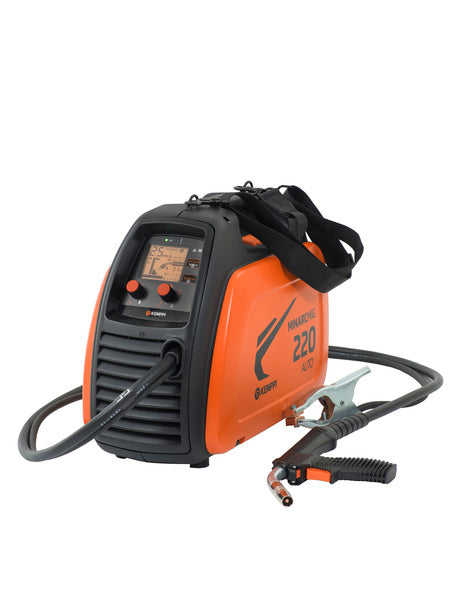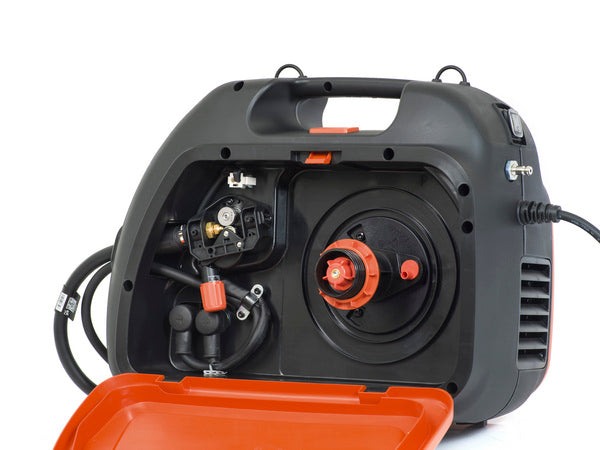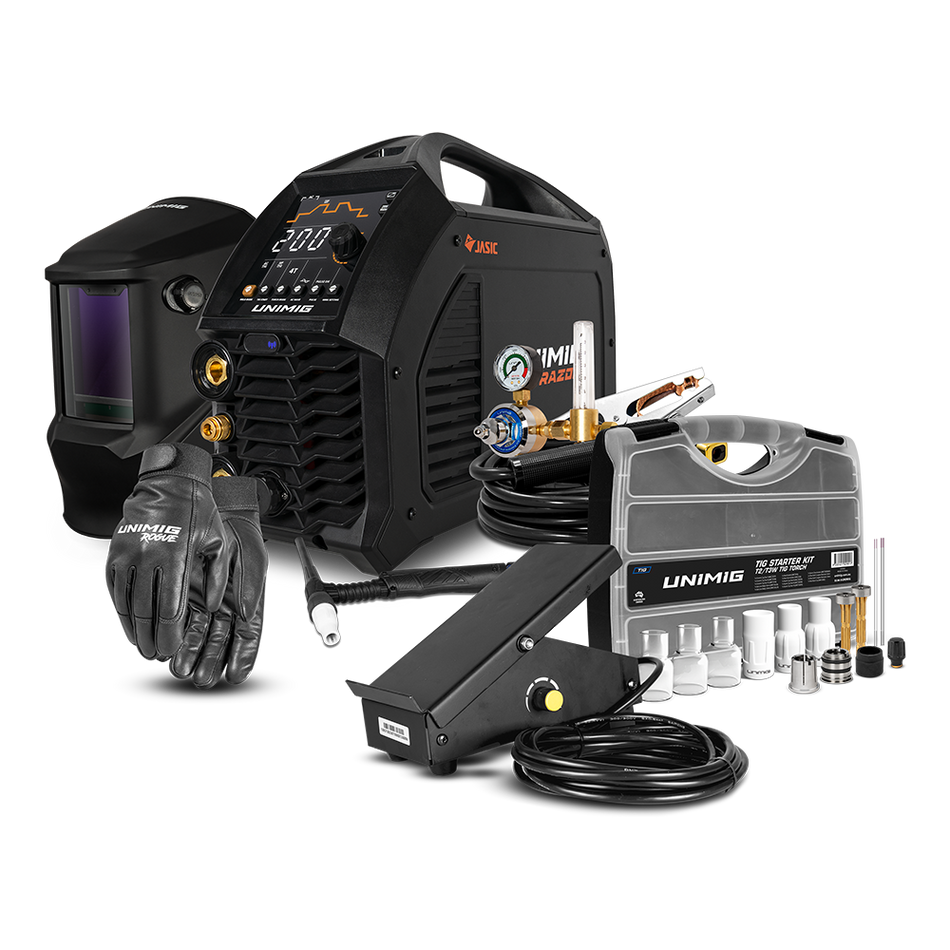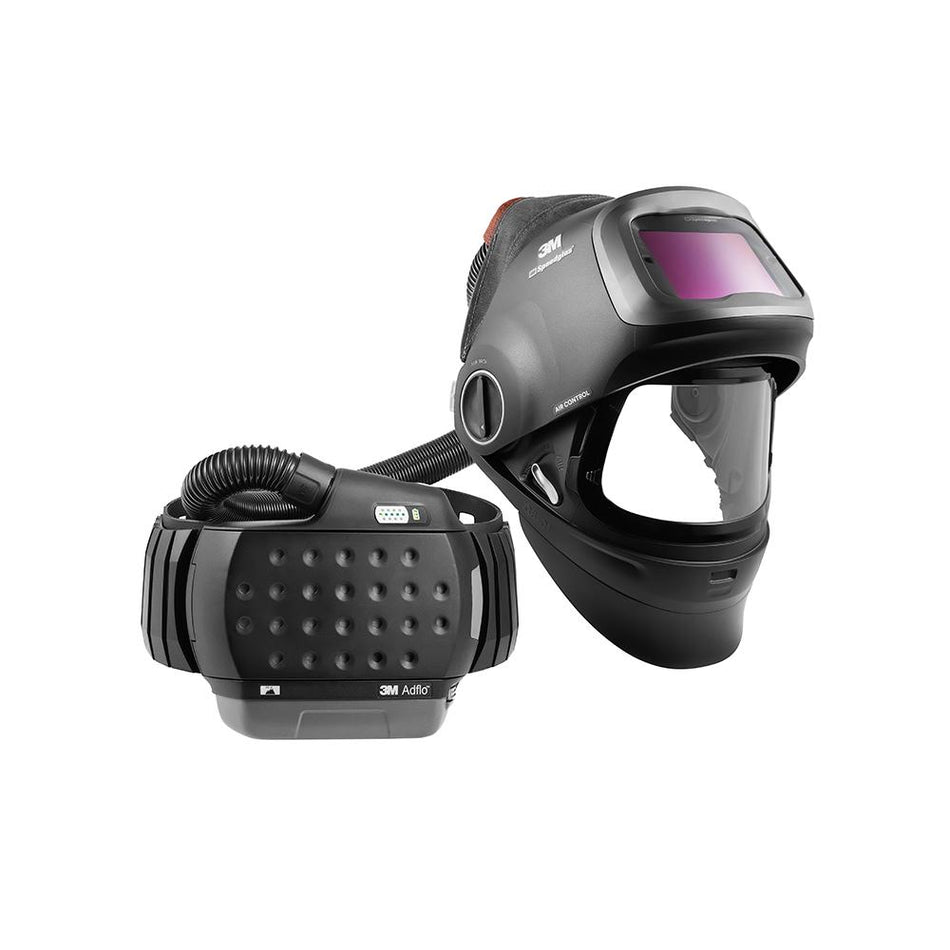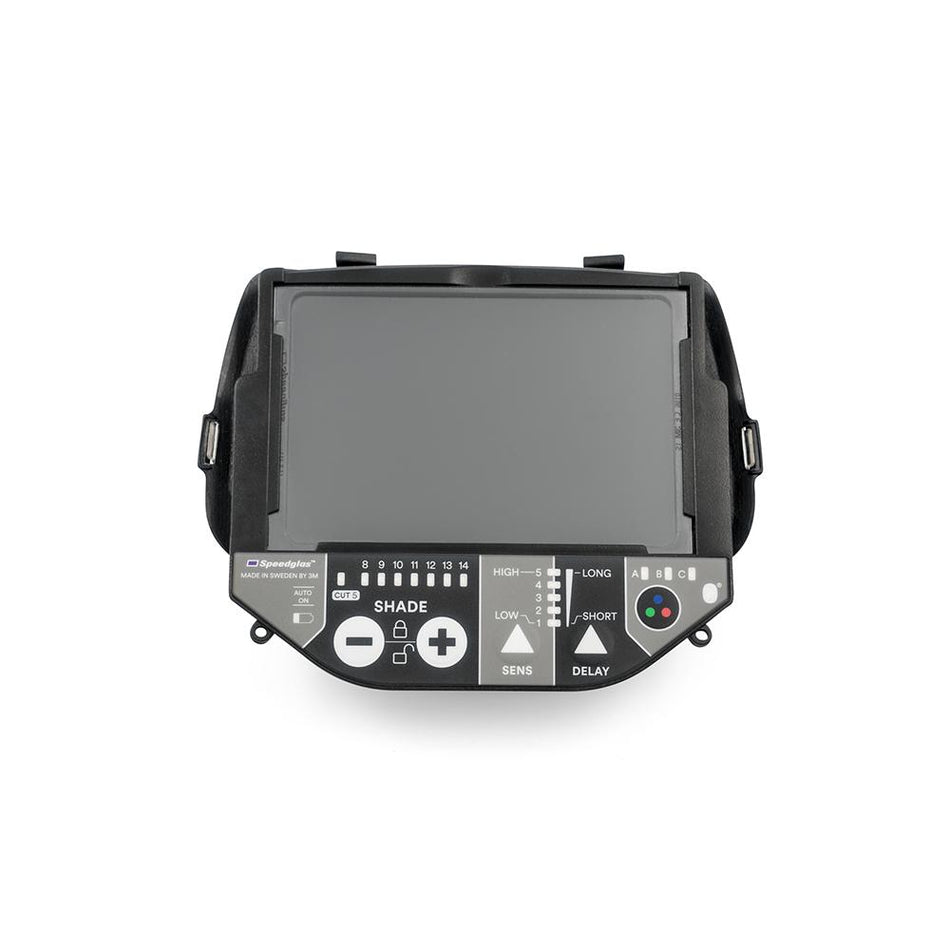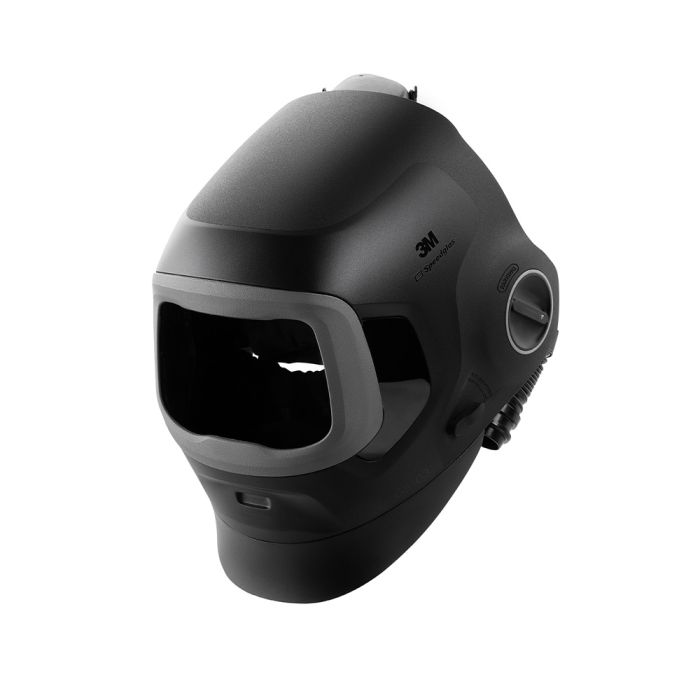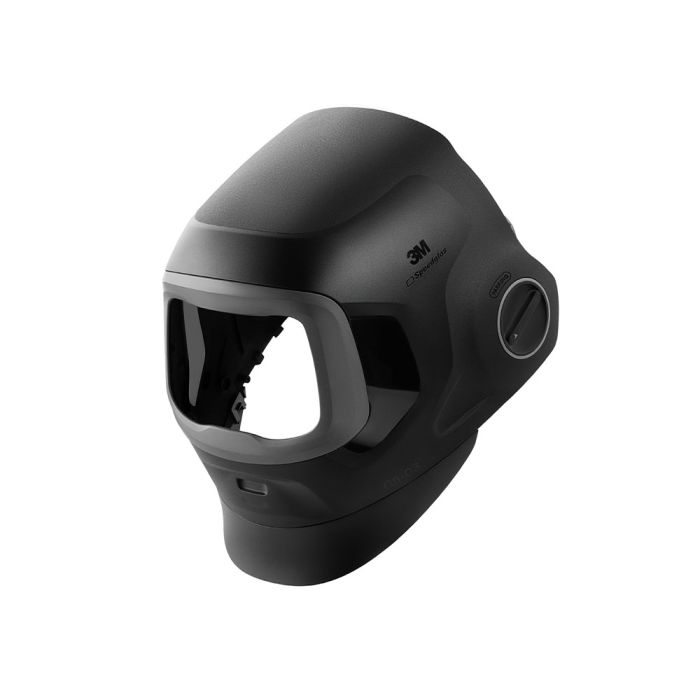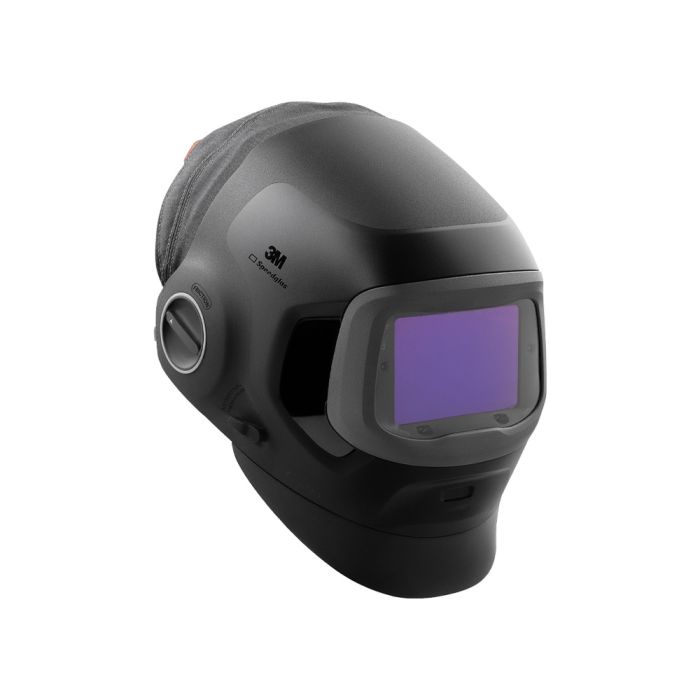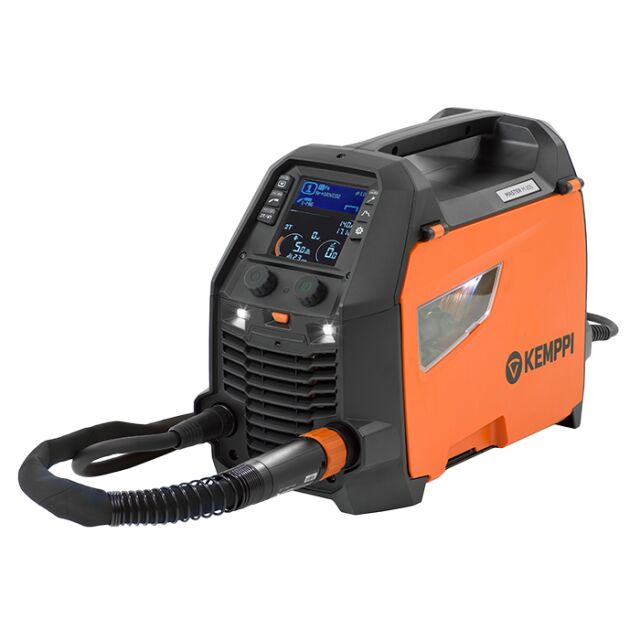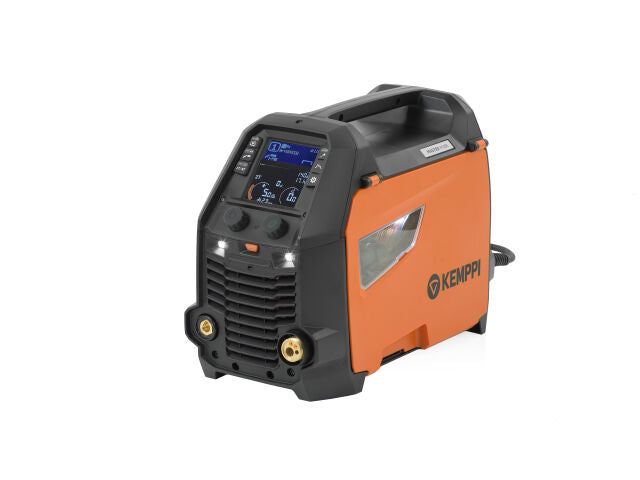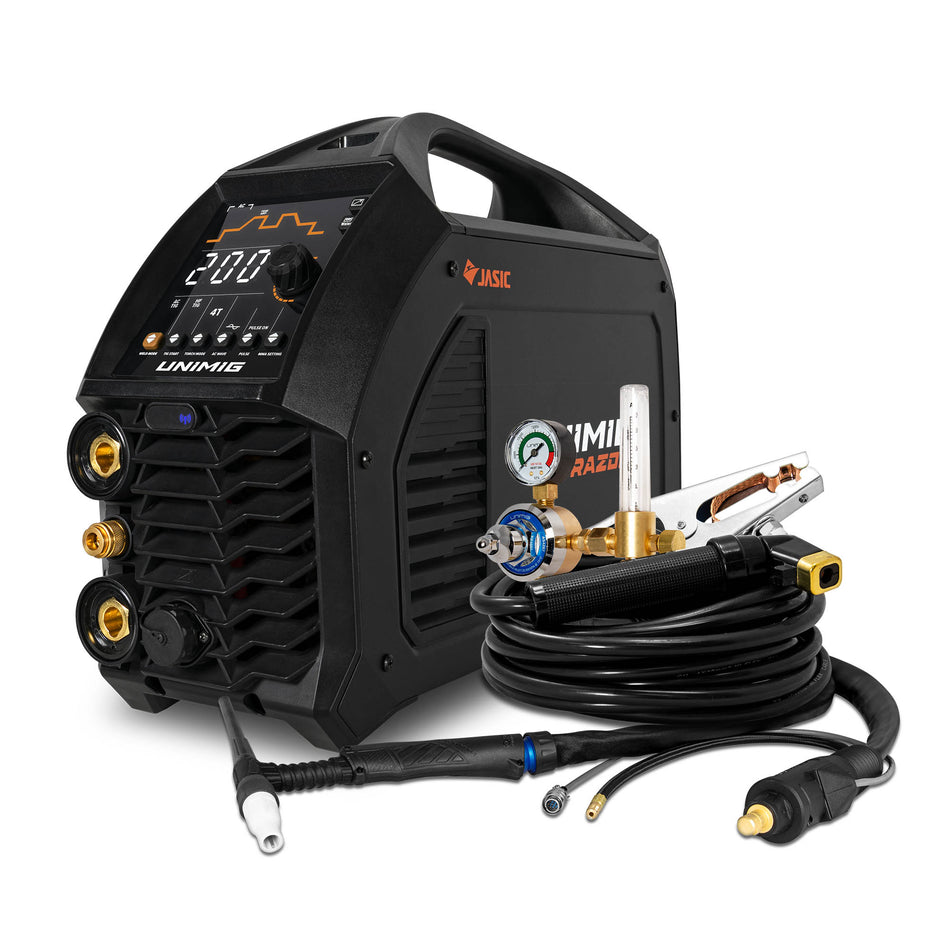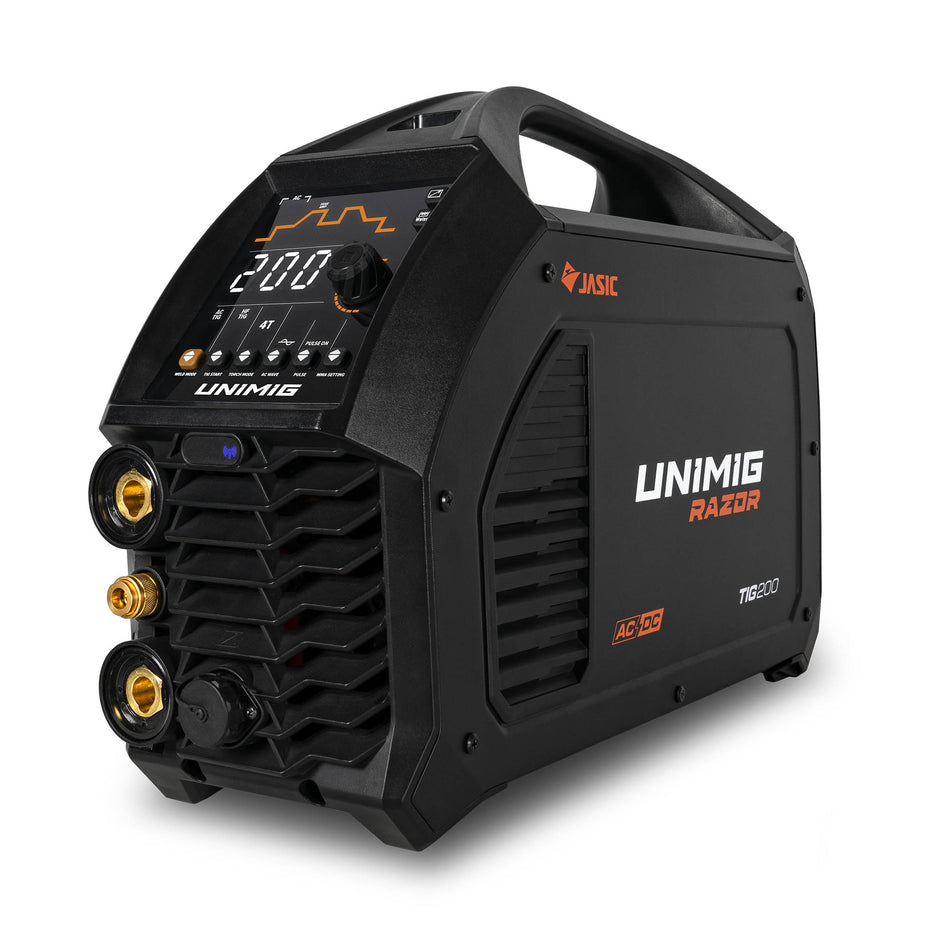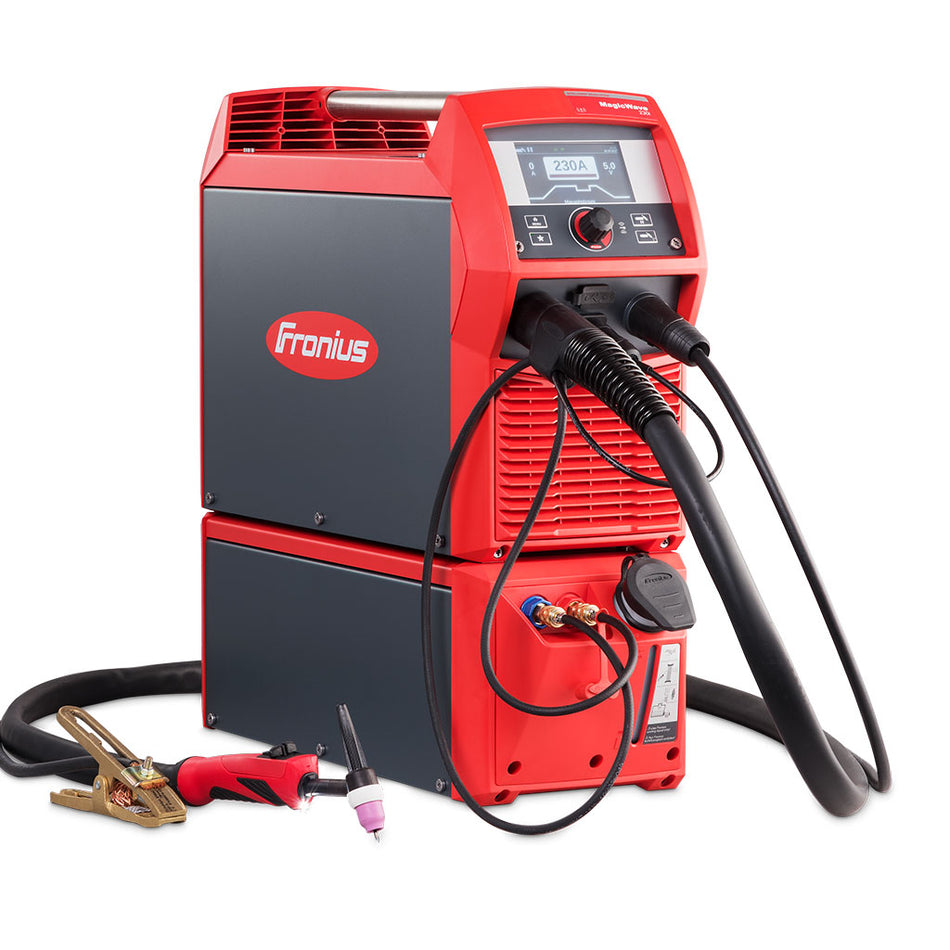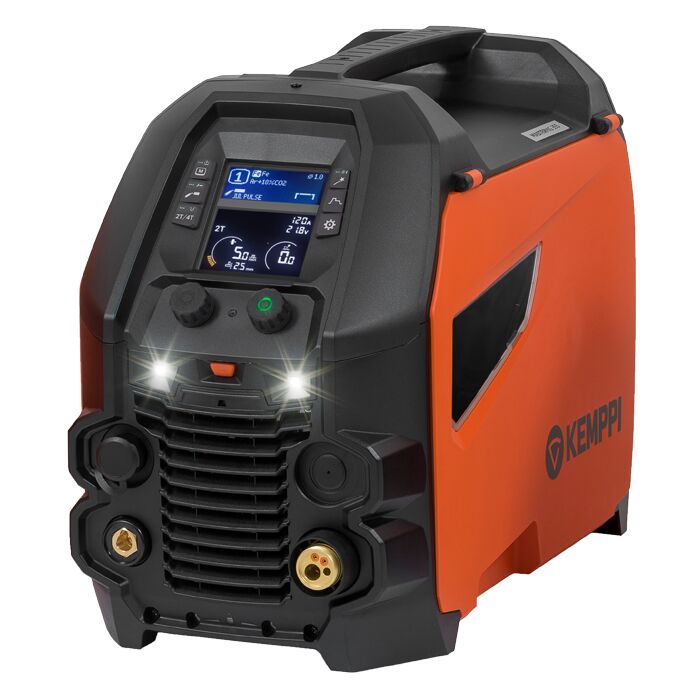15 Products
Because weld fumes are dangerous for humans to inhale, weld fume extraction is essential. If not extracted, welders inhale the fumes and the fumes can easily penetrate a welder’s lungs. Any amount of weld fume could be a risk. According to researchers welders present, on average, a 43% increased risk of lung cancer when compared with people who have never welded.
Apart from the possibility of cancer, exposure to welding fumes and gases can cause pneumonia and asthma.
Understanding Welding Fumes
Welding fumes consist mainly of carbon monoxide, ozone, chromium and nickel oxides, and nitrogen oxides. When welders heat metals above their melting points the metals vaporize and condense into weld fumes.
The Importance of Weld Fume Extraction
Fume extraction systems keep the fumes and particles in the environment below the permissible exposure limits and keep the welders from inhaling polluted air.
Many companies provide central extraction in their workshops, but even for low to medium welding fume environments there are lightweight exhaust systems (LEVs) designed in such a way that you can move them to and from the working area.
The consequences of inadequate weld fume extraction are that workers become sick and develop lung problems.
Types of Weld Fume Extraction Systems
With all this said, it is clear that there are different types of fume extraction systems. Apart from centralized extraction systems in welding workshops, there are also portable units, benchtop units, and mounted units.
Welders often use portable units for jobs done by more than one welder in multiple spaces. They use fixed units such as benchtop units for soldering and small welding jobs. They mount them on walls or shelves in the workspace.
Components of Welding Fume Extraction Systems
When welder businesses start looking for weld fume extraction systems they must be aware of the different components of the systems to make the right decisions
- Extraction arms are hoses connected to the hood which draw up particles and fumes. The arm uses a negative pressure vacuum of an external fume extraction fan to do this.
- With fume hoods, welders prevent the release of weld fumes into the workplace.
- A fume extractor system uses a fan to get the polluted air out of the workplace.
- Filters are very important components of a fume extraction system. Your supplier will advise you about which type of filter to purchase because some filters are not designed to collect weld fumes-specific particles.
- You can install ductwork to transfer fume-contaminated air away from the work area.
Choosing the Right Weld Fume Extraction System
When you have to choose the right weld fume extraction system you have to consider several factors.
- The filter is probably the most important factor. You have to choose the right filter because some filters are not designed to collect weld fumes-specific particles.
- There are different types of fume extractors and welders have to use extractors suitable for their specific circumstances. Industrial fume extractors, for example, need to work continuously, and therefore durability is essential. A reliable supplier, such as Bilba Industries will be in a position to assist welding businesses to choose the right extractor type and brand for their workspaces. The size and layout of the facility also dictate to a great extent what system will work the best.
- Before welders purchase weld fume extraction systems they have to verify all the mandatory regulatory requirements. If a fume extraction system doesn’t adhere to all the mandatory regulations the authorities can legally close the facility until the business has installed the right systems.
Weld Fume Extraction System Standards and Regulations
Welders have to adhere to safety equipment regulations and standards to make the work environment as safe as possible. In Australia, the regulating body is “Safe Work Australia” which is a governmental statutory agency under section 274 of the Work Health and Safety Act (WHS Act).
Local authorities also might have their own welding fume extraction regulations.
Conclusion
We hope that this article has again emphasized the potential dangers of weld fumes to welders and indicated the benefits of fume extraction. You must also remember that there are mandatory regulations and procedures you have to adhere to.
Interestingly, technologists are moving fast forward with the digitalization of metal processing and some manufacturers are already thinking about the possibility to use artificial intelligence (AI) for welding fume extraction.




